 Speaker: Professor Ashok Venkitaraman
Speaker: Professor Ashok Venkitaraman
Affiliation: Cancer Science Institute of Singapore, NUS Yong Loo Lin School of Medicine & National University Health System (NUHS)
Abstract Details:
How the folding, transport and biological functions of intracellular proteins are executed within the complex environment of living cells is poorly understood. Ashok Venkitaraman’s laboratory has used the breast cancer suppressor protein, BRCA2, as a model to study these problems. Inherited mutations in the BRCA2 gene predispose humans to cancers of the breast, ovary, prostate, pancreas and other organs. Human BRCA2 encodes a massive 3418 amino acid protein that is transported to the cell nucleus to execute essential biological functions that maintain the integrity of the human genome.
In this talk, Prof Venkitaraman will discuss studies that combine biophysical, structural and cell biological methods to explain how BRCA2 interacts with key partner proteins to fold, localize and execute its biological functions.
These studies provide an experimental testbed for the development of new computational approaches to predict intracellular protein structure and function.
About the Speaker:
Professor Ashok Venkitaraman is the Director of the Cancer Science Institute of Singapore, and a Distinguished Professor of Medicine at NUS Yong Loo Lin School of Medicine, a member of the National University Health System (NUHS). He holds a joint appointment at the Agency for Science, Technology and Research (A*STAR).
Prof Venkitaraman’s research has contributed fundamentally to our understanding of how cancer is suppressed by genes that maintain the integrity of DNA in the human genome. His laboratory is recognized for the discovery that mutations in the breast and ovarian cancer gene, BRCA2, provoke genome instability leading to carcinogenesis. Prof Venkitaraman now seeks to achieve a deeper understanding of the steps that underlie carcinogenesis, in order to find new strategies to intercept cancer development well before the disease reaches an advanced and hard-to- treat stage. He has developed new technologies to target previously ‘undruggable’ targets, and is a serial biotech entrepreneur, most recently as a founder of PhoreMost Ltd.
Prof. Venkitaraman has been elected a Fellow of the Academy of Medical Sciences, London, and as a member of EMBO.
Discussion moderators : Associate Prof Shaffique Adam (Host, NUS), Prof Konstantin Novoselov (NUS) and Prof Vinicius Rosa (NUS)
The webinar is over. You may watch the recorded video on our YouTube page at https://youtu.be/VuPm8Gbz-s0
—
To view all the upcoming seminars, you can visit: https://graphene.nus.edu.sg/news-events/events/
You may also Like & Subscribe our following channels below to receive instant notifications for new announcements.


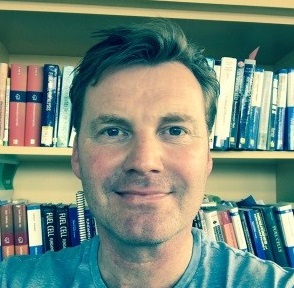 Speaker: Professor Peter Strasser
Speaker: Professor Peter Strasser 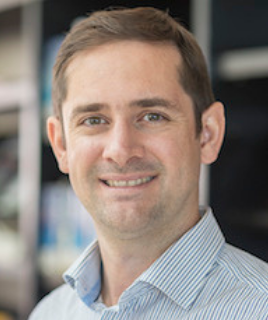 Speaker: Professor Aurelien Manchon
Speaker: Professor Aurelien Manchon  Speaker: Professor Huaqiang Wu
Speaker: Professor Huaqiang Wu  Speaker: Professor Subbu Venkatraman
Speaker: Professor Subbu Venkatraman 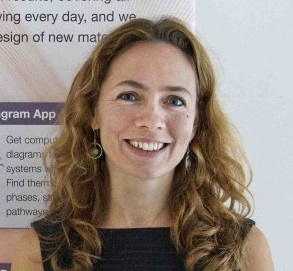 Speaker: Professor Kristin Persson
Speaker: Professor Kristin Persson 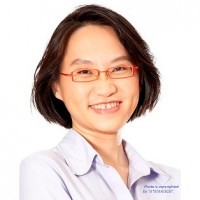 Speaker: Professor Quek Su Ying
Speaker: Professor Quek Su Ying  Affiliation: A*STAR – MATERIALS SCIENCE & ENGINEERING, NATIONAL UNIVERSITY OF SINGAPORE JOINT WORKSHOP
Affiliation: A*STAR – MATERIALS SCIENCE & ENGINEERING, NATIONAL UNIVERSITY OF SINGAPORE JOINT WORKSHOP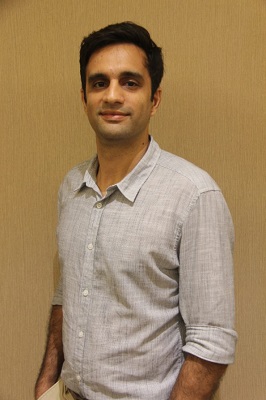 Speaker: Professor Kedar Hippalgaonkar
Speaker: Professor Kedar Hippalgaonkar  Speaker: Professor Guillermo Carlos Bazan
Speaker: Professor Guillermo Carlos Bazan